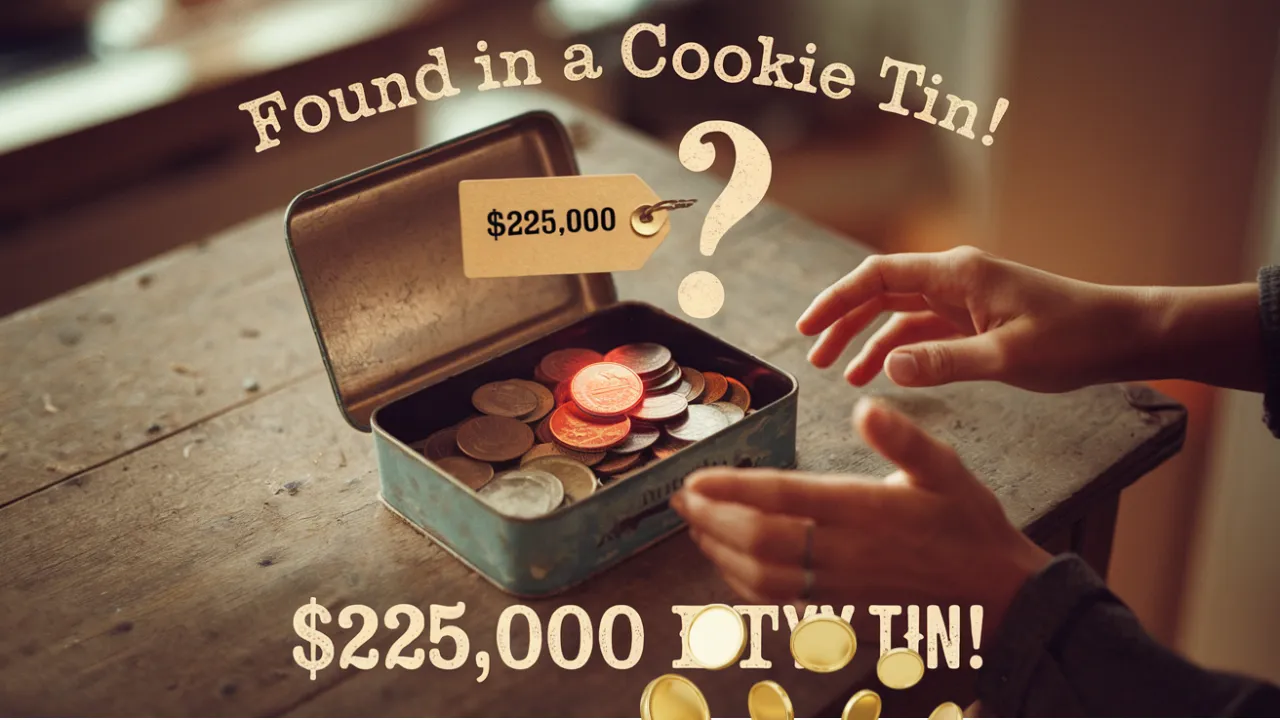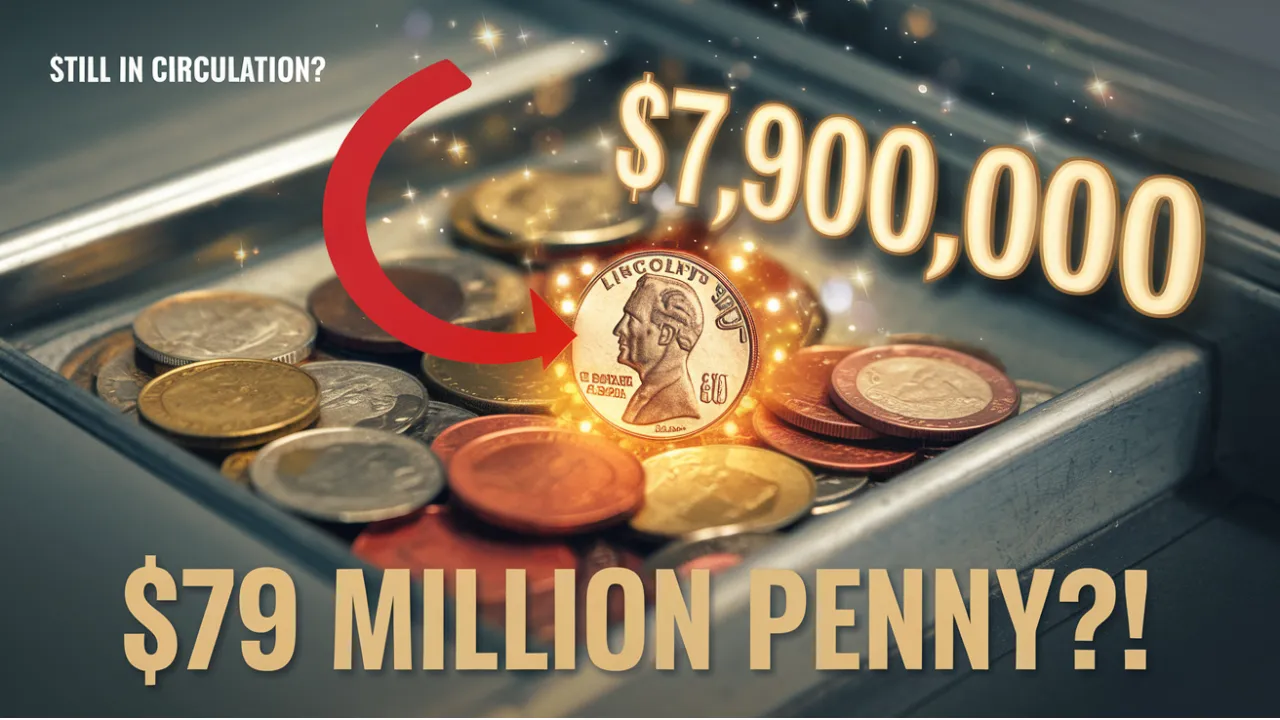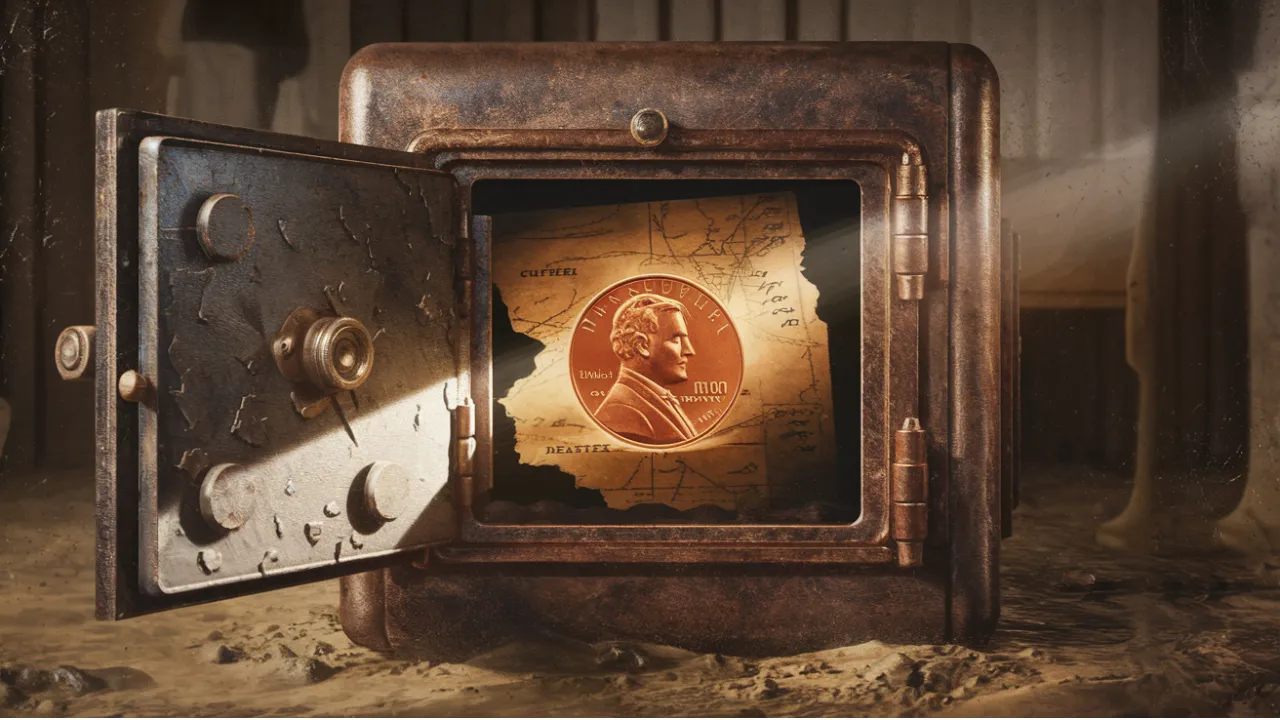This Jefferson Nickel Was Mislabeled for Years: The Jefferson Nickel has always been a familiar face in American currency. Since its introduction in 1938, it has passed through countless hands, pockets, and coin jars without much fuss. But what if one of those plain-looking nickels turned out to be something far more valuable?
This article dives into the fascinating story of a Jefferson Nickel that spent years overlooked and misidentified. What was once considered a typical 1949-S coin has now been verified as a one-of-a-kind minting error — a discovery that’s captured the attention of coin collectors everywhere. Let’s explore how this rare find was uncovered and what makes it so special.
Overview Table
| Aspect | Details |
| Coin Type | Jefferson Nickel |
| Original Label | 1949-S |
| True Identity | Transitional Die Error |
| Error Discovered | Design elements from two different minting years |
| Unique Features | Mixed features from 1949-S and 1950 designs |
| Status | Verified as one-of-a-kind |
| Discovery Method | Collector observation and expert grading |
| Value Estimate | Undisclosed but potentially high |
| Impact on Community | Sparked renewed interest in nickel collecting |
Not Just Another Nickel
For decades, this Jefferson Nickel was seen as just another piece of spare change. It sat quietly in coin rolls, collections, and change drawers, going completely unnoticed. There was nothing flashy about it — no strange coloration, no dramatic minting flaw. It was simply assumed to be a 1949-S, a relatively common issue that holds modest value in the coin world.
But everything changed when a dedicated collector spotted a subtle difference. Something about the spacing of the mint mark and the shape of certain design elements didn’t match what’s typically seen on 1949-S nickels. That small observation turned out to be a game-changer.
A Closer Look Reveals a Hidden Error
After noticing these tiny inconsistencies, the coin was submitted to a professional grading service. That’s when experts realized the coin was far more than it appeared. Rather than being a standard 1949-S, it was actually struck using a transitional die — a rare minting mishap where parts of a coin’s design come from two different years.
This means that the coin was created using an outdated die from 1949 along with design updates from 1950. These types of errors are incredibly rare, especially when they go unnoticed for so long. The blend of design elements shouldn’t exist according to mint records, which makes this find even more remarkable.
Why This Coin is One-of-a-Kind
What sets this Jefferson Nickel apart isn’t just the error — it’s the fact that no other example has surfaced so far. Minting mistakes do happen, but they’re usually caught early or become known to collectors soon after production. In this case, the error stayed hidden for decades.
- Unmatched Rarity: This nickel is the only known coin with this specific transitional die error.
- Historical Significance: It reveals a moment in U.S. Mint history that was never documented.
- High Collector Value: With just one known example, this nickel could command a premium if ever sold.
Its mislabeling kept it in the shadows for years, but now, thanks to a careful eye and professional grading, it’s finally recognized for what it truly is — a numismatic gem.
Why Collectors Are Paying Attention
The discovery of this rare Jefferson Nickel couldn’t have come at a better time. Coin collecting is growing in popularity, not just among seasoned numismatists but also with casual hobbyists. Online communities and social media platforms have made it easier than ever to share finds and spark interest in hidden treasures.
Coins like this rare nickel remind collectors that incredible discoveries are still out there. You don’t need to dig through centuries-old gold coins to find something valuable — sometimes, it’s a simple five-cent piece hiding in plain sight.
Key Reasons This Nickel Matters
- It challenges existing mint records, showing how easy it is for small production errors to be overlooked.
- It inspires collectors to look closer at what they might already own.
- It’s a one-of-a-kind find, which always captures attention in the numismatic world.
Collectors across the country are now combing through their coin collections, hoping they, too, might uncover something extraordinary.
FAQs
What makes a Jefferson Nickel valuable?
Errors, low mintage years, and unique design features can all contribute to a Jefferson Nickel’s value.
What is a transitional die error?
It’s when a coin is struck using parts from different years’ design tools, leading to a mix that shouldn’t exist.
How was this rare nickel discovered?
A collector noticed unusual design details and sent it for grading, where experts confirmed the error.
Could more coins like this exist?
Possibly, but as of now, no other coin with this exact error has been found.
Should I check my change for rare coins?
Absolutely. Even ordinary-looking coins can turn out to be rare or valuable when examined closely.
Final Thought
The story of this Jefferson Nickel proves one powerful idea: even the most ordinary coin could be extraordinary. It sat mislabeled and overlooked for years, but now it’s a highlight in the world of rare coin discoveries. Whether you’re a collector or just someone with a handful of change, take a second look — you never know what history might be hiding in your pocket.
Got a cool coin story or found something strange in your change? Leave a comment or share this article with fellow collectors. And while you’re here, why not check out your horoscope or explore more content about rare finds and collectibles?









